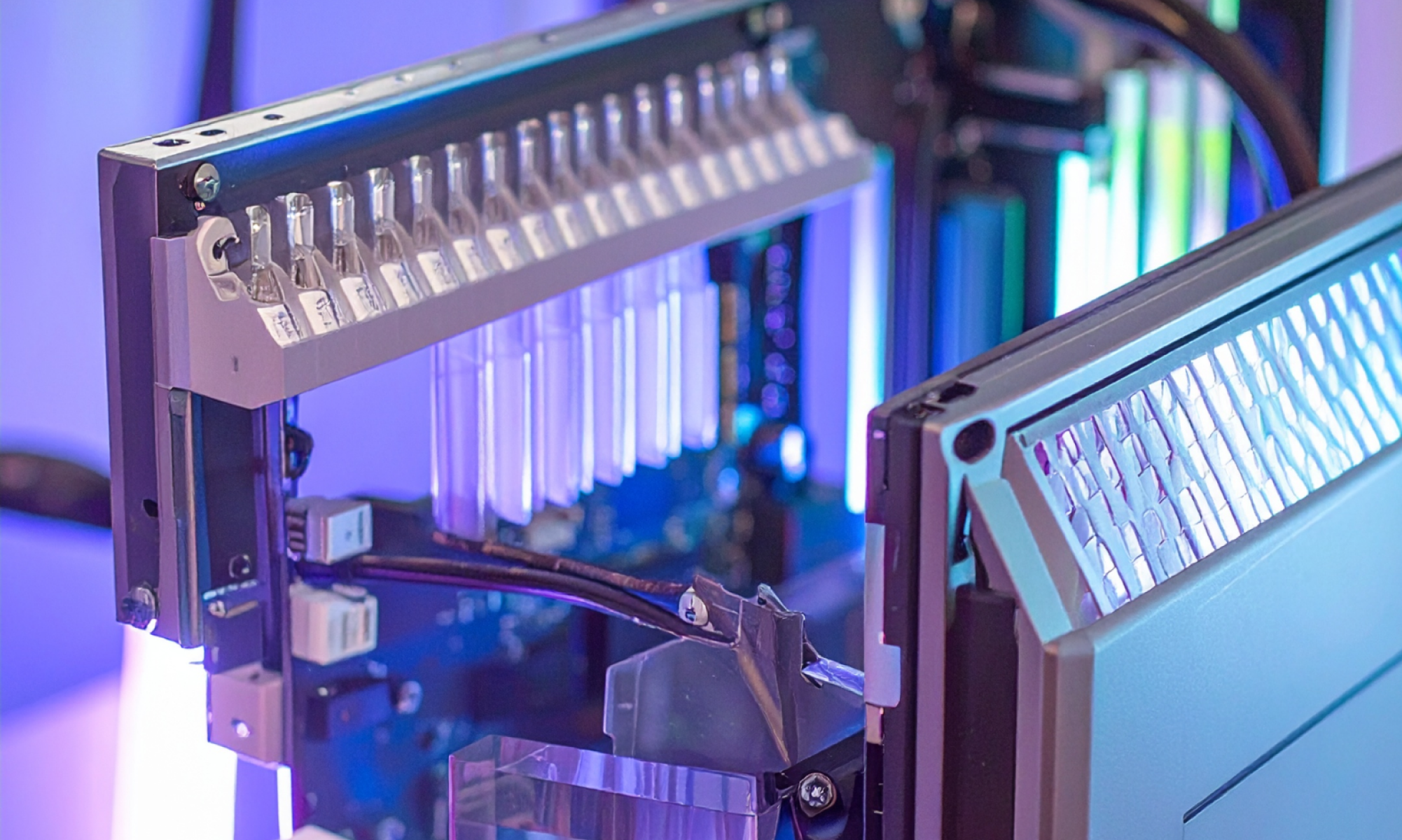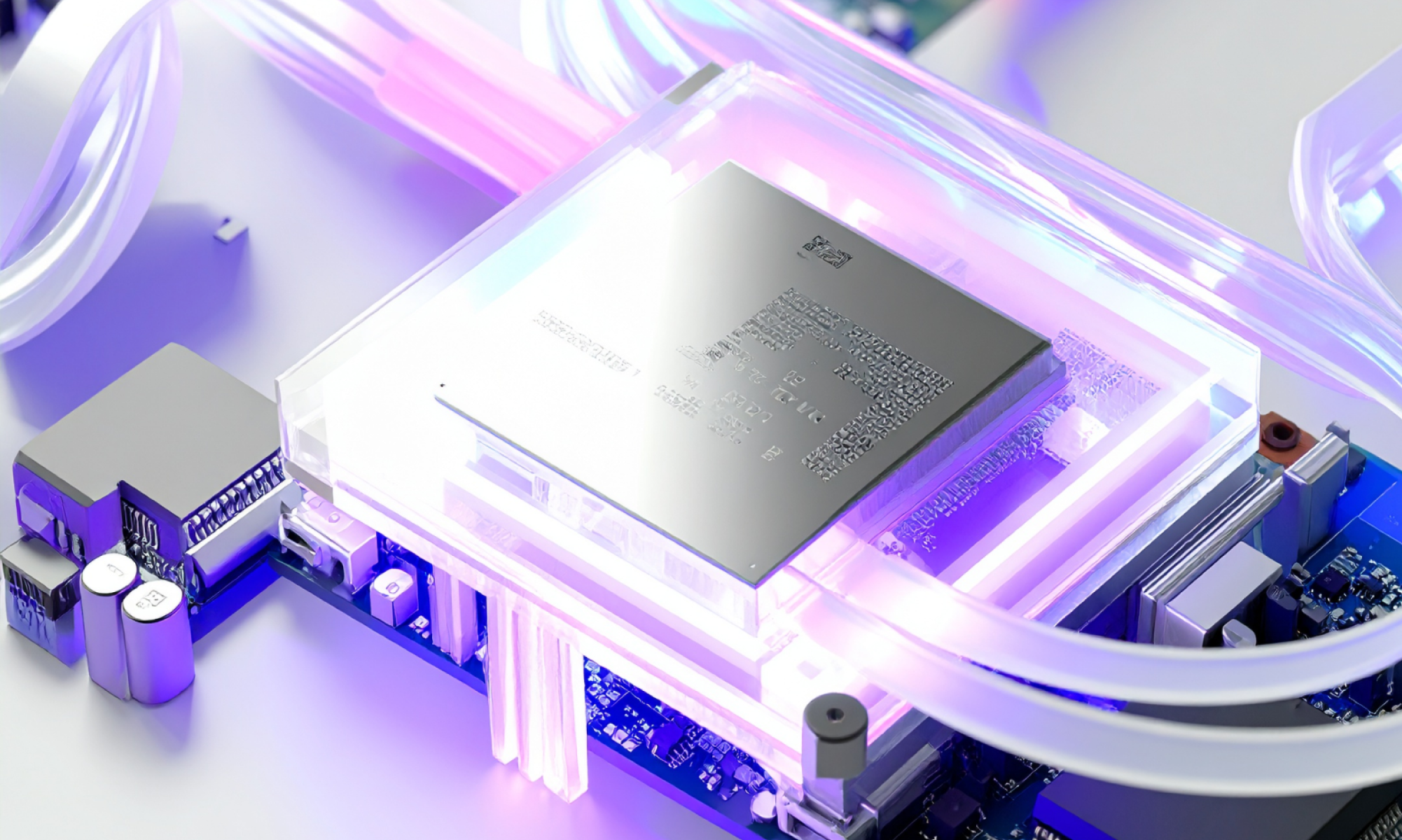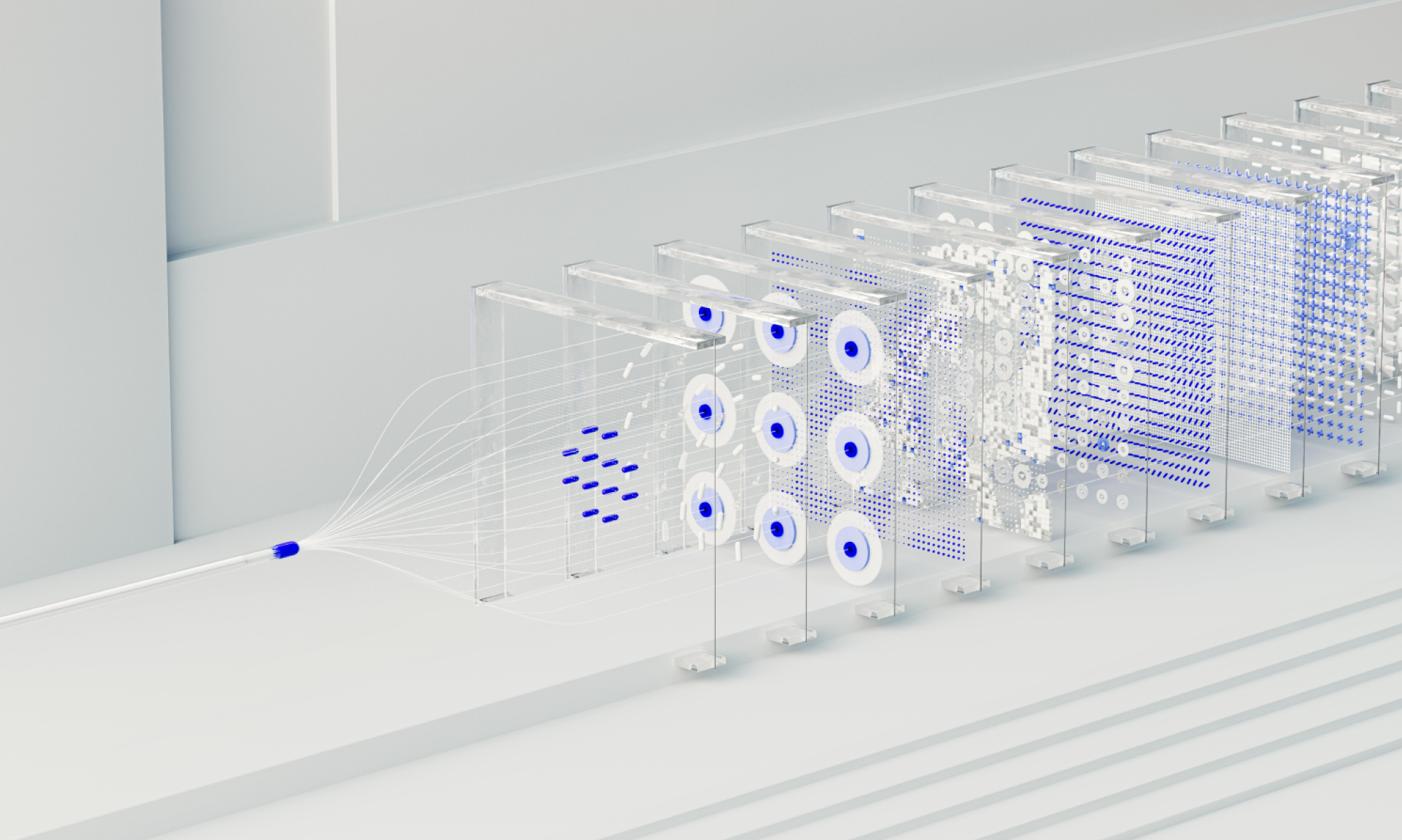AI
our blog
Mastering Prototype Design: Key Strategies for Effective Implementation

Overview
This article delves into essential strategies for effective prototype design and implementation within product development. It underscores the critical importance of:
- Clearly defining objectives
- Selecting the most suitable prototype type
- Actively involving users in testing processes
These strategies not only enhance innovation but also improve efficiency, as evidenced by statistics that reveal significant reductions in both development time and costs when prototyping is employed. By adopting these approaches, organizations can streamline their product development efforts and achieve greater success.
Introduction
Prototype design is a pivotal pillar in the product development landscape, enabling innovators to transform abstract ideas into tangible realities. By harnessing the power of prototypes, teams streamline their design processes while aligning closely with user needs. This alignment ultimately drives satisfaction and reduces costs. However, the journey from concept to prototype presents significant challenges.
How can designers effectively navigate the complexities of low-fidelity versus high-fidelity models? What steps must they take to ensure their prototypes deliver maximum impact? Addressing these questions is essential for achieving successful outcomes in prototype development.
Define Prototyping and Its Importance in Design
Prototype design is an essential and iterative process that involves developing initial models of a product to test and validate concepts before large-scale manufacturing. This approach empowers creators to explore ideas, gather feedback from users, and identify potential issues early in the development phase. The significance of prototype design is highlighted by its capacity to mitigate risks, reduce costs, and enhance user satisfaction by ensuring that the final product aligns with user needs and expectations. By visualizing concepts, teams can promote collaboration and communication, facilitating alignment on project objectives and features.
Successful case studies reveal that organizations utilizing rapid prototyping can reduce project development time by as much as 20% and achieve cost savings of 30%. Furthermore, 63% of software development projects that employed prototyping reported fewer design flaws compared to those that did not. Expert insights indicate that involving end-users during the prototyping phase can boost satisfaction by up to 30%, while organizations that engage in rapid prototyping experience a reduction in time-to-market by as much as 50%.
Overall, the strategy of prototype design is critical in product development, driving innovation and ensuring that products resonate effectively with their target audience.
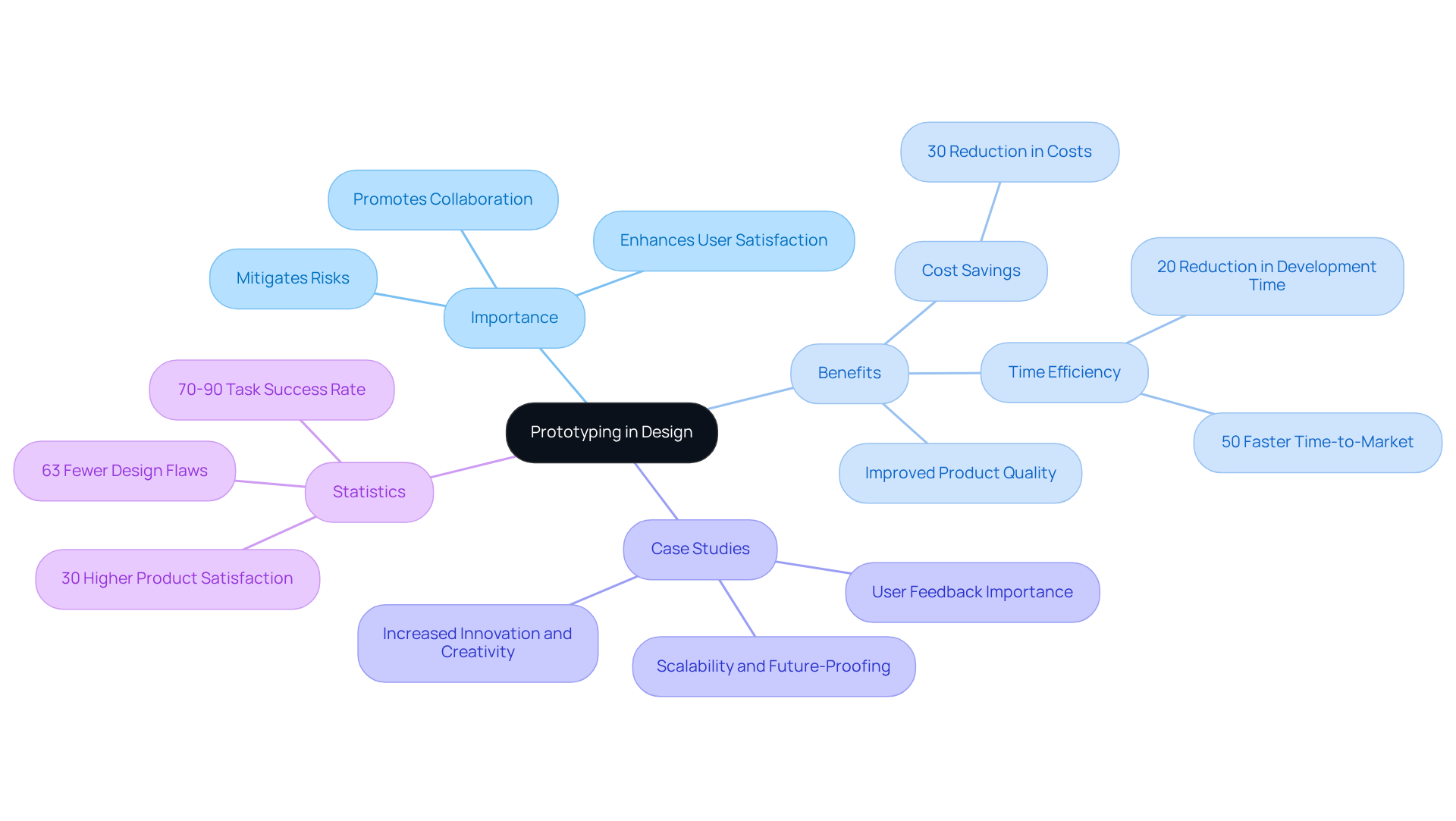
Explore Types of Prototypes: Low-Fidelity vs. High-Fidelity
Prototypes can be categorized into low-fidelity and high-fidelity types, each serving distinct purposes in the design process. Low-fidelity examples, such as sketches or paper models, are quick and cost-effective to create, enabling rapid iteration and feedback. They excel in early-stage brainstorming and concept validation, allowing teams to explore ideas without significant resource investment. Studies suggest that low-fidelity models can effectively assess fundamental ideas, with their simplicity allowing teams to adjust rapidly based on feedback. However, they may oversimplify complex issues and lack interactivity, which can lead to assumptions about the experience.
Conversely, high-fidelity models closely imitate the final item's functionality and design, offering a more authentic user experience. While they require more time and resources to develop—often necessitating specialized skills and tools—high-fidelity models are essential for usability testing and securing stakeholder buy-in. They allow for detailed interactions and can include features like transitions and animations, which are crucial for demonstrating product functionality. The typical usability score of 86.66% for the interface layout highlights the effectiveness of high-fidelity models in achieving user satisfaction.
The selection between low-fidelity and high-fidelity models in prototype design depends on the project's phase and goals. Low-fidelity models are best employed in the early stages to outline flow and assess usability, while high-fidelity models are suitable as the item approaches completion, ensuring that choices are validated before final execution. As Jeff Sauro wisely mentions, "Assess product layouts and concepts frequently and at an early stage." By strategically choosing the model type, teams can maintain an efficient and focused design process.
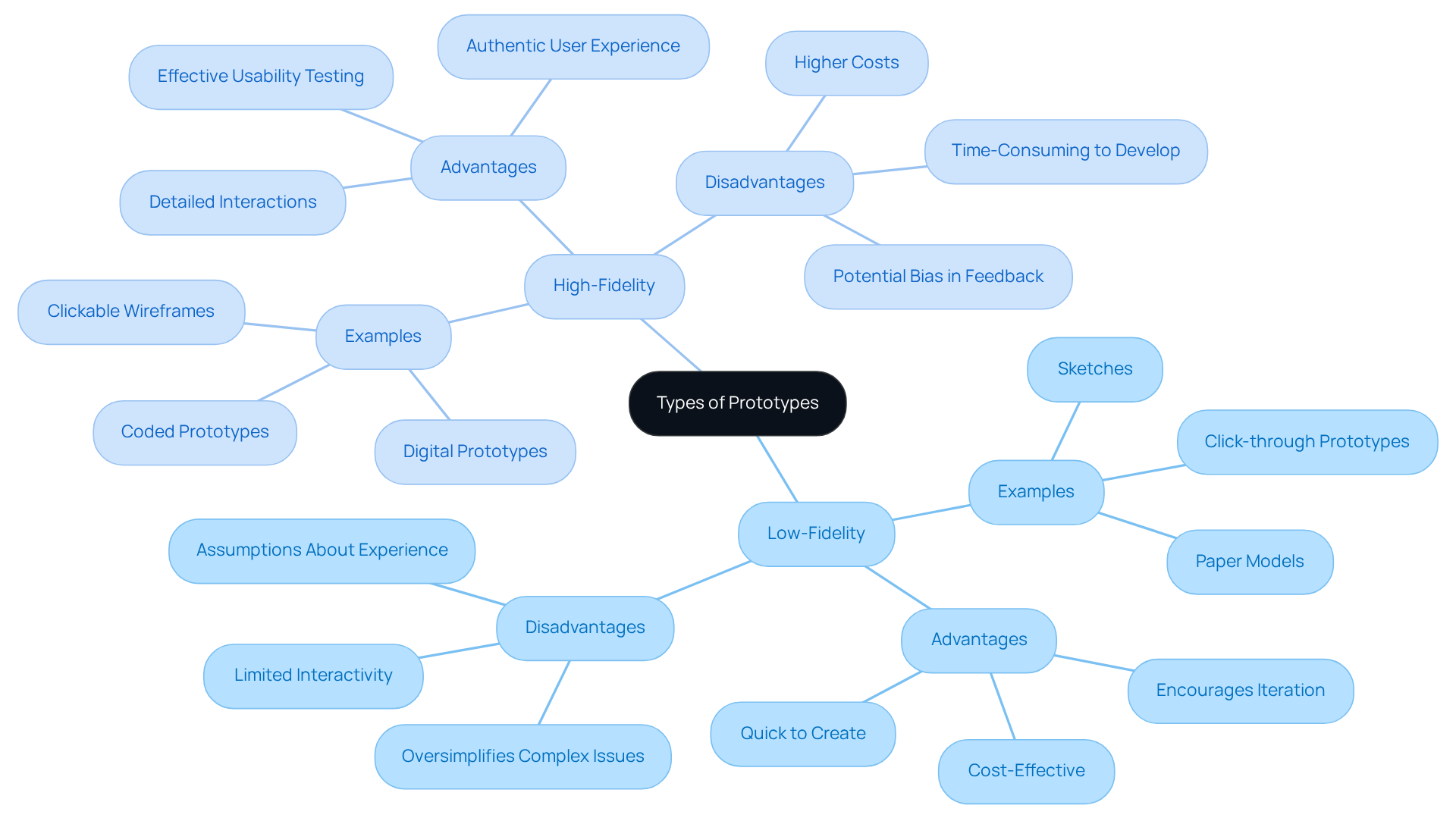
Implement Effective Prototyping Steps: A Practical Guide
To implement effective prototyping, it is essential to follow these critical steps:
-
Define Objectives: Clearly outline your goals for the model, such as testing a specific feature or collecting feedback from individuals. Establishing clear objectives is crucial, as 85% of usability problems can be identified with just five users during testing.
-
Choose the Right Type: Determine whether a low-fidelity or high-fidelity model is suitable based on your objectives and the development stage. Low-fidelity models, such as sketches or wireframes, are ideal for early-stage concepts, while high-fidelity versions, developed with tools like Figma or Adobe XD, are more appropriate for thorough testing.
-
Create the Model: Utilize appropriate tools and techniques for your chosen model type. For low-fidelity, consider simple sketches; for high-fidelity, leverage advanced software to create interactive designs that closely mimic the final product.
-
Test with Participants: Involve actual participants to interact with the model, observing their behavior and collecting input on usability and functionality. Testing with participants is essential, as 70% of enterprise CEOs acknowledge UX as a competitive differentiator, emphasizing the significance of comprehending client needs.
-
Iterate Based on Feedback: Analyze feedback from individuals and make necessary adjustments to enhance the prototype. This iterative process is vital for improving the layout, as issues detected during the creation phase are ten times less costly to resolve than those discovered later in development.
-
Document Everything: Maintain detailed records of interactions and feedback to inform future design decisions and iterations. This documentation will aid in comprehending preferences and enhancing overall quality.
By adhering to these steps, teams can efficiently introduce prototyping in development, ensuring that the final result aligns with client expectations and business goals.
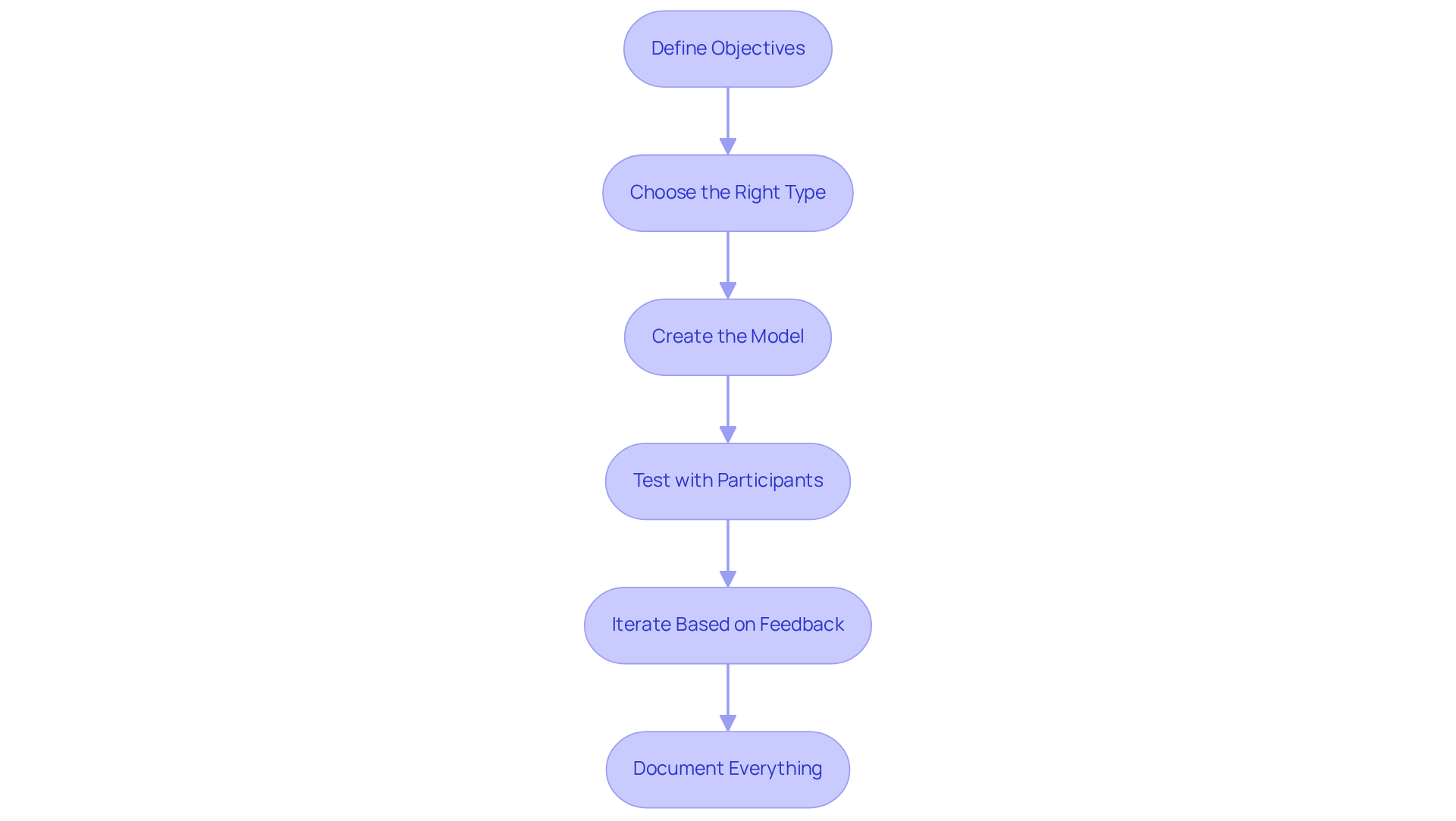
Highlight Benefits of Prototyping: Driving Innovation and Efficiency
The benefits of prototype design profoundly enhance innovation and efficiency in product development.
-
Risk reduction: Prototype design is instrumental in identifying design flaws early in the process, significantly minimizing the risk of costly changes during later stages of development. Organizations that engage in iterative modeling can reduce project time by up to 30%, enabling swift adjustments before substantial resources are allocated.
-
Improved user involvement through prototype design: By facilitating participant testing and feedback, prototypes ensure that the final product aligns closely with user needs and preferences. Research indicates that companies emphasizing user-focused approaches experience a 60% increase in customer satisfaction ratings, underscoring the importance of user participation in the development process.
-
The iterative nature of prototype design allows teams to rapidly test and refine ideas, thereby accelerating the overall design process. Companies that adopt rapid iteration report a 70% reduction in time to market, a critical advantage in today’s fast-paced environment.
-
Improved collaboration: Prototype design creates tangible reference points for discussions among stakeholders, fostering enhanced communication and alignment on project goals. This collaborative approach not only sparks creativity but also leads to a 35% improvement in delivery times, as teams can visualize concepts and address concerns more effectively.
-
Cost efficiency in prototype design is enhanced as early testing of concepts helps circumvent expensive mistakes, ultimately resulting in a more streamlined development process and better resource allocation. Organizations that leverage early models can achieve cost reductions of up to 30%, illustrating the financial advantages of investing in prototyping.
In conclusion, the strategic implementation of prototype design not only propels innovation but also significantly enhances overall efficiency in product development. This practice is essential for organizations striving to maintain a competitive edge.
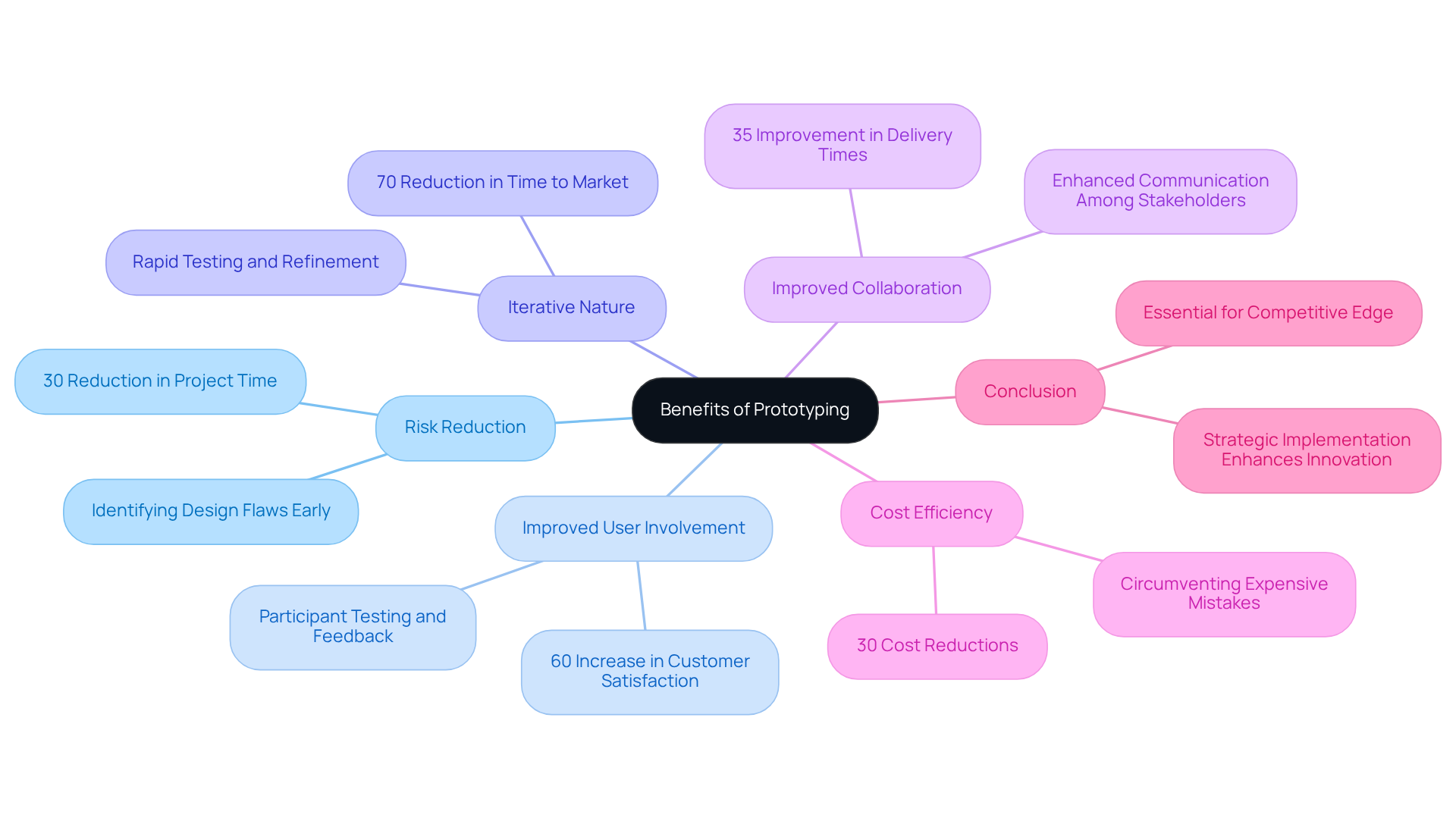
Conclusion
In conclusion, mastering the art of prototype design is not merely beneficial; it is essential for any organization striving to innovate and excel in product development. By fully embracing prototyping, teams can effectively explore ideas, gather invaluable user feedback, and refine their concepts. This iterative process ultimately leads to products that resonate with their target audience and meet the demands of the market.
This article has outlined key strategies, emphasizing the importance of:
- Defining clear objectives
- Selecting the appropriate type of prototype
- Engaging users throughout the testing process
The distinction between low-fidelity and high-fidelity prototypes has been highlighted, showcasing how each serves a unique purpose in the design journey. Furthermore, implementing a structured approach to prototyping not only mitigates risks but also enhances collaboration and accelerates time-to-market.
In a landscape where user satisfaction and rapid innovation are paramount, the benefits of effective prototyping cannot be overstated. Organizations are strongly encouraged to adopt these best practices, leveraging the insights shared to refine their processes and foster a culture of continuous improvement. By prioritizing prototyping, teams can unlock their creative potential and drive meaningful advancements in their products, ultimately positioning themselves for success in an ever-evolving marketplace.

